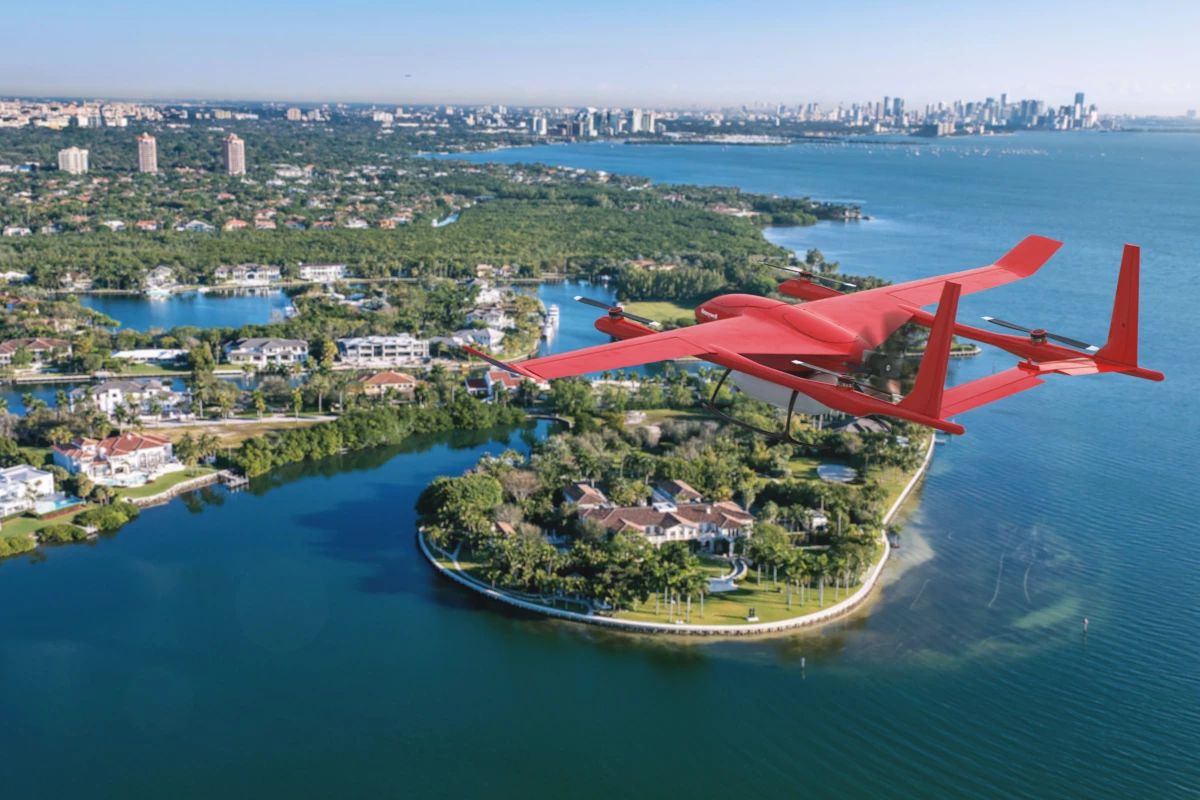Currently, most electric drones are limited to relatively short flight times. Also, in order to maintain radio contact with their operator, they must stay within line of sight. A new Honeywell system, however, is intended to address these limitations.
Known as the BVLOS (Beyond Visual Line of Sight) suite, the setup is designed for use in small aerial drones. It consists of the following Honeywell-made components: two or more 600-watt hydrogen fuel cells (for a total of 1,200 or more watts); an IntuVue RDR-84K radar unit; an inertial measurement unit (IMU); and what is being billed as the world's smallest and lightest satellite transceiver.
The two fuel cells reportedly allow drones to fly up to three times longer than if they were solely battery powered, plus they're quieter and cleaner than a gasoline engine. The radar module, on the other hand, is utilized to detect and avoid obstacles up to 3 km (1.9 miles) away, map the terrain below, serve as an altimeter, and identify landing zones. It can also be used for navigation if the drone's GPS fails.
The IMU allows the drone to monitor its orientation within three-dimensional space, while the satellite transceiver lets it download real-time weather and aerial traffic reports, and to stream live video back to its ground crew. A Honeywell representative tells us that the crew can use that video for guidance when remotely controlling the drone – via satellite – although the BVLOS suite can also be set up for purely autonomous flight.
Possible applications for the technology include package delivery, search and rescue, law enforcement, surveying, and pipeline/power line inspection.
Source: Honeywell




